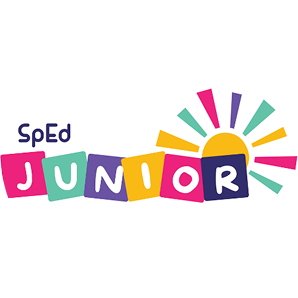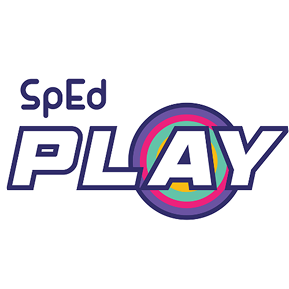It’s common for children to develop speech and language skills at different rates, but persistent delays or difficulties can signal a need for support. Understanding the difference between a speech delay and a language disorder is essential in identifying the right intervention and setting realistic expectations.
Speech delays involve difficulties with the physical production of sounds. A child may mispronounce words, stutter, or struggle with articulation. These issues typically stem from muscle coordination, hearing problems, or developmental immaturity. Speech therapy can often correct these challenges through repetition and practice.
Language disorders, on the other hand, affect a child’s ability to understand and use words effectively. This could include trouble forming sentences, limited vocabulary, or difficulty following directions. Language disorders impact expressive and/or receptive communication, and may be associated with broader developmental conditions like autism or auditory processing disorder.
While both issues can overlap, they require different types of support. A speech-language pathologist (SLP) will assess whether the problem lies in producing sounds, understanding concepts, or both. Early intervention can significantly improve outcomes, especially if started before age five.
Parents should monitor milestones such as babbling, saying first words, combining words, and engaging in simple conversations. If concerns arise, don’t wait—seek an evaluation. With the right therapy and support, children with speech or language issues can develop strong communication skills and thrive in school and social settings.





